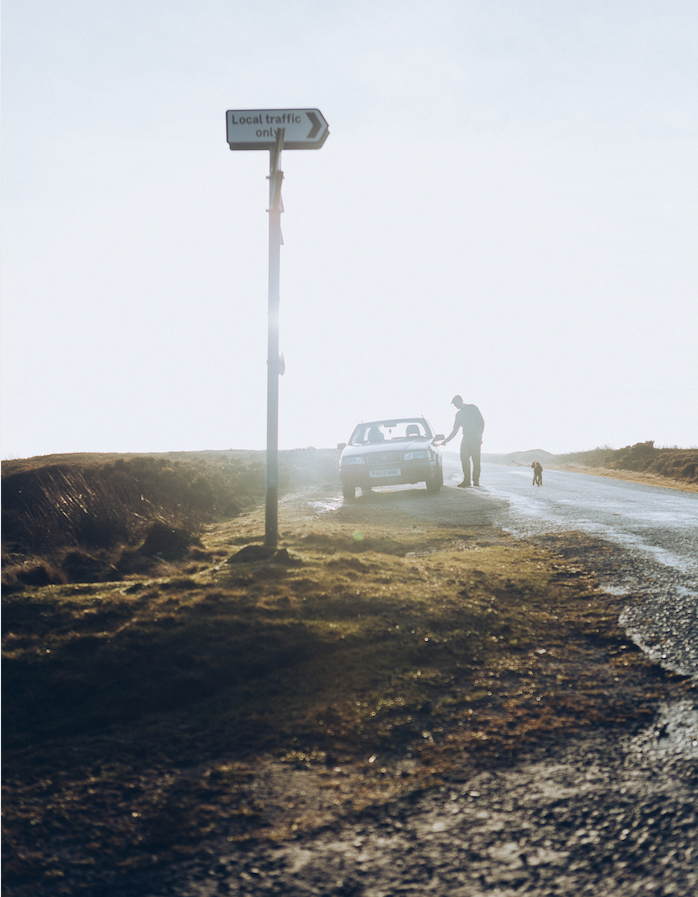To celebrate eight years of publishing Ernest, we ask contributors to share their memories of journeys undertaken for the journal, from seeking ancient burial mounds in the North York Moors to breaking bread at a Greenlandic kaffemik. Here, photographer Graeme Owsianski reminisces on floating among thousands of moon jellyfish in the Salish Sea
Photos by Graeme Owsianski
We sat in darkness, huddled on benches in a wood-burning sauna at the end of a jetty. Finally, with red flushed faces, we burst out of the door and launched ourselves into the cold, black water. As I broke the surface, blue flecks of bioluminescence exploded around me, illuminating every frantic kick as I scrambled back to the dock. It looked for a moment as if the Northern Lights had fallen into the sea.
For three days, our group bonded closely with the Salish Sea off Quadra Island. In a small bay off Reed Island, the abundance of life reached new levels when we were surrounded by thousands, if not tens of thousands, of moon jellyfish. With every dip of our kayak paddles, we gently swept the jellies as they moved as fluid as the water itself. Seeing a unique opportunity unfold, I pulled on a drysuit and entered the water with my camera. It felt surreal to be encircled by so much life, the jellies’ movements taking on a dream-like quality. It’s an experience I will never forget.
As the cold began to set in, we left the water and traipsed through old growth forest to a stream with another sauna at its edge, where we were rewarded with welcome warmth and the dripping limbs of trees enshrouding a crisp plunge pool. I’ve never felt more connected to water than the three days we shared on Quadra Island.



























